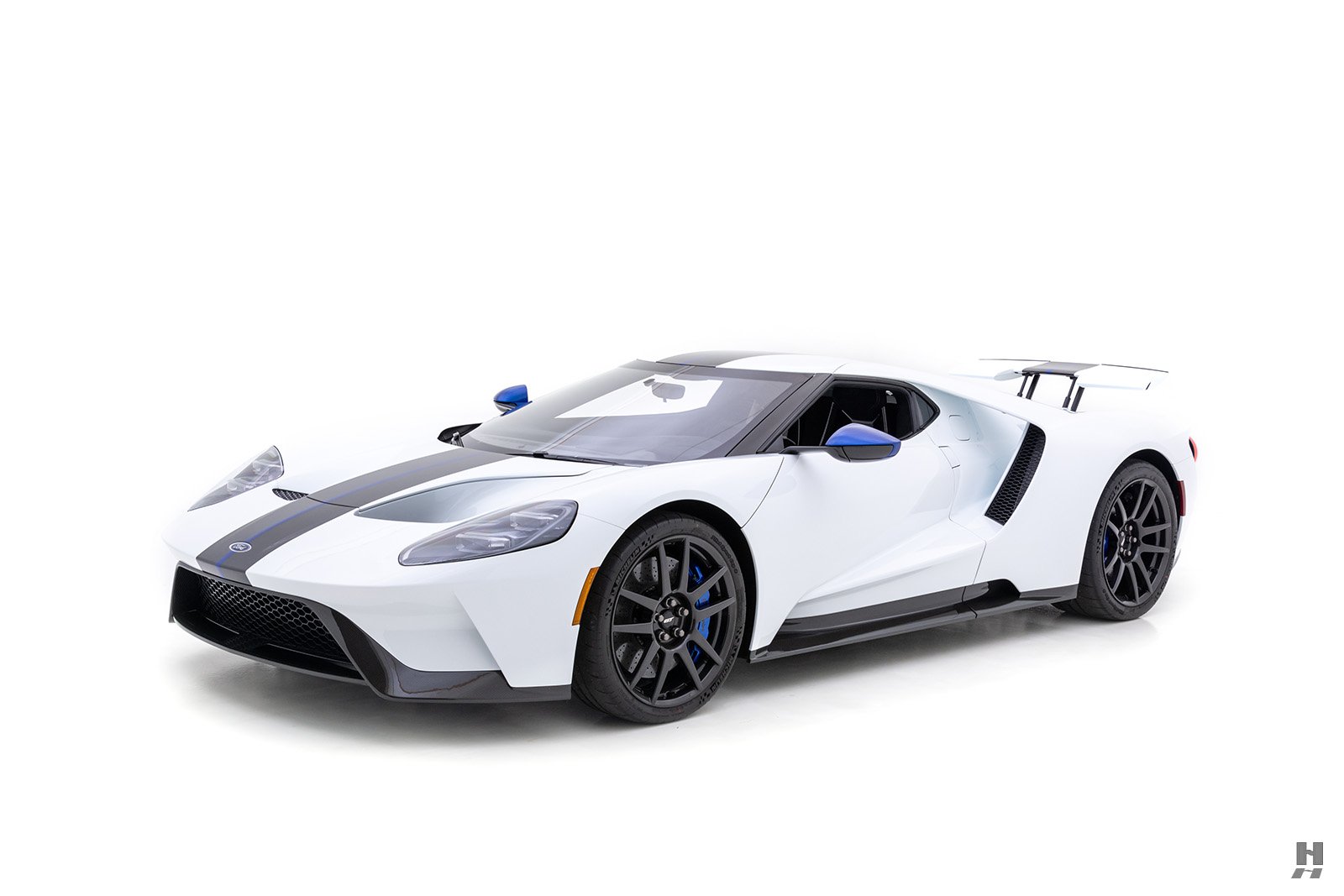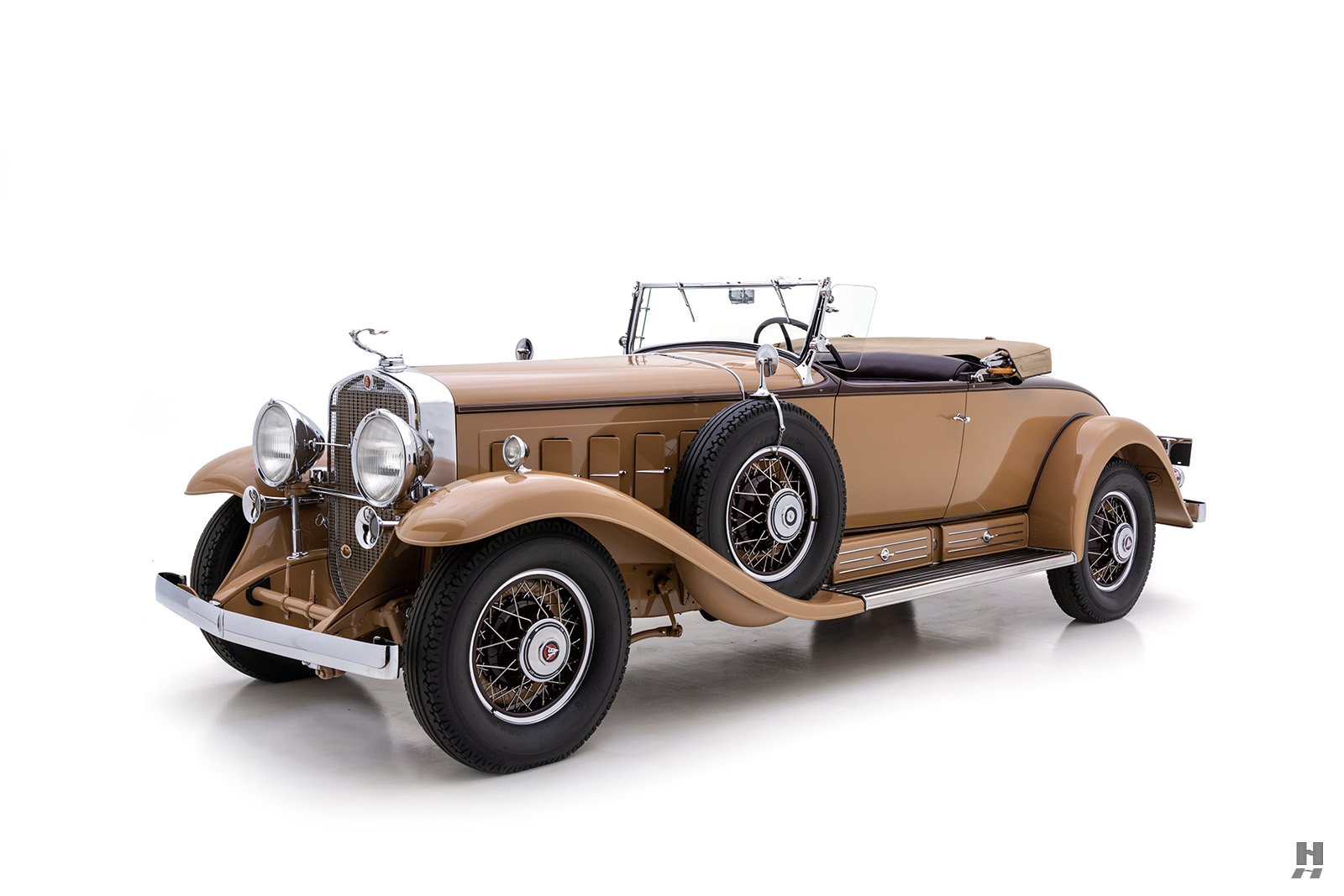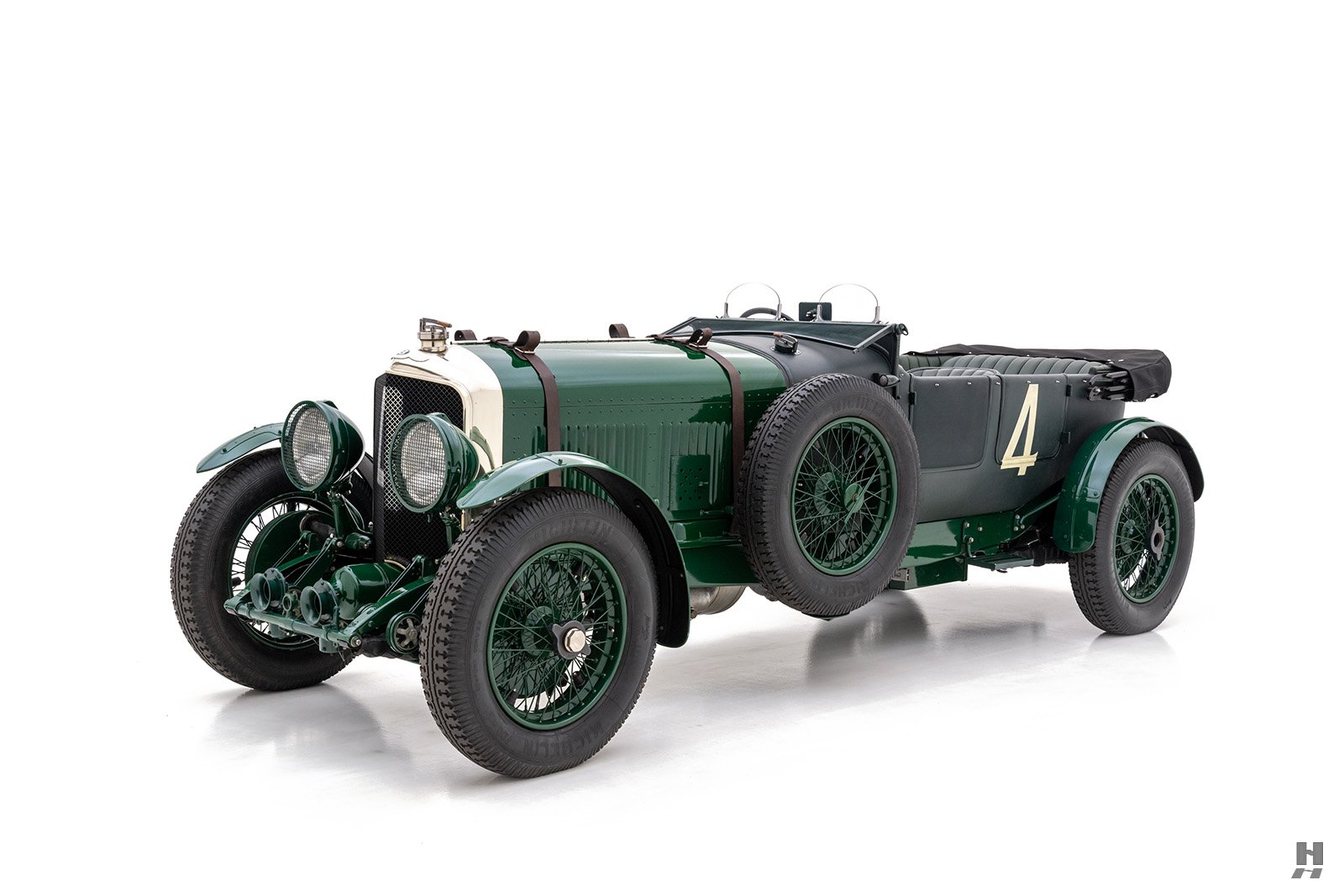In a dimly lit auditorium at the U.S. Department of Commerce headquarters in Washington, D.C., yesterday, a panel of officials from the Trump administration faced the music as dozens of representatives from businesses, trade organizations, and U.S. trading partners sounded off in opposition to proposed tariffs on imported automobiles and auto parts. With the exception of the United Auto Workers union, condemnation of the tariffs was ubiquitous.
Vintage cars took the limelight for part of the hearing as a classic car broker and two attorneys who handle the particulars of classic vehicle importation outlined an industry valued by New Oak Capital at up to $160 billion and what potential damage tariffs would inflict.
Mark Hyman, the classic car broker who spoke on one of the panels at the hearing, spoke about the possible devastation in telephone interview on Wednesday.
“Our concern is that if this tariff is passed, it has the potential to stop the import and export of vintage cars in the U.S.,” Hyman said. “There are times when 70 percent of my business is export vehicles. If the government imposes a 25-percent tariff on imports, other countries will most likely impose retaliatory tariffs that would make it cost prohibitive to buy cars in America.”

L-R: Mark Hyman (Hyman, Ltd.); Marshall V. Miller (Miller & Company, PC); Phillip Schramm (Webasto Roof Systems); Paul C. Vitrano (Polaris Industries, Inc.)
Benjamin Preston
An example given at the hearing was the theoretical importation of a $1 million vintage car—a common enough scenario, given the prices demanded by some vintage cars today. Under current law, the 2.5-percent import duty adds $25,000 to the price of the car. Hyman and others on the panel said that while $25,000 is manageable for a car in the $1 million range, the $250,000 required by the proposed tariff would almost certainly kill the sale.
Marshall V. Miller, the principal of a law firm specializing in international trade law centered around vintage car import and export, said he owns 17 classic cars. He showed a photo of one of his vehicles—a 1963 Volkswagen Type 2 crew cab pickup—to the panel of administration officials, citing it as an example of what can go wrong when a tariff is used as a blunt instrument in a trade dispute. During what became known as the Chicken Wars—which started with a more or less general blockage across European markets of cheap American chickens—the Johnson administration ended up instituting a 25-percent tax on imported light trucks, including commercial versions of the Type 2 like the one Miller owns.
“There aren’t very many of those because once the duty went to 25 percent, no more were imported into the United States,” Miller said. “I caution this panel as you’re considering this, all of this is always supposed to be temporary. That’s what the Trade Expansion Act of 1962 envisioned. This is still in effect 55 years later.”
“Our concern is that if this tariff is passed, it has the potential to stop the import and export of vintage cars in the U.S.”
– Mark Hyman
The legislation Miller referenced was, in fact, the basis of the Department of Commerce investigation being discussed yesterday. Part of the law addresses potential national security threats posed by imported products, and the Trump administration has zeroed in on that component of it—first with regard to the steel and aluminum tariffs that went into effect in June, and now in its consideration of imported automobiles and auto parts.
“If this went into effect, it would impact a wide range of people with absolutely no national security implication,” Miller said. Like others at the hearing who spoke about vintage vehicles, Miller asked for an exemption for vintage autos and parts.
Both Miller and Hyman pointed out that as proposed, the tariffs would have an impact not just upon expensive import cars, but also upon domestic classics. Parts for vintage vehicles, no longer in demand at the levels they were when the vehicles were new, are most often produced in small batches. Producing parts in small quantities in the U.S. can be costly. For example, in a recent search for lower ball joints for a mid-century station wagon built by General Motors, a part manufactured in the U.S. cost $85, whereas one built in Taiwan was listed for $50.
“The value of your $8000 Chevy might not change much, but most of the restoration parts you buy for it are produced overseas,” Hyman said, adding that there are about 29 million vintage vehicles in the U.S.
He also pointed out that a variety of other industries—overland and maritime shipping, insurance, and the hotels and restaurants that service hundreds of classic car shows and conventions each year—would be affected by a hefty tax. “The trickle-down effect has tremendous negative potential.”
The classic car interest formed only a small segment of the businesses, trade organizations, and foreign governments represented at yesterday’s hearing. With the exception of the United Autoworkers Union—which supported the proposed tariff in the interest of bringing high-paying manufacturing jobs back to the U.S.—condemnation of the proposed tariffs was widespread. Much of the commentary proffered showcased broad displeasure with protectionist policies in general. Throughout the day, the administration’s recently instituted steel and aluminum tariffs were hauled out by panelists as examples of business-killing debacle.
David O’Sullivan, the European Union ambassador to the U.S., delivered his comments in a businesslike drone, his Irish brogue giving it all the grimness of an IRA ultimatum. He made little attempt to disguise his disdain for the Trump administration’s proposed policy, calling it patently absurd.
“The partners most affected would be Canada, Mexico, the EU, Japan, and South America—all among your closest allies,” he said, adding that tactical supply for the U.S. military was U.S.-based and was unrelated to the auto industry.
Representatives from Canada and Mexico—which, despite their status as strategic allies and close regional trading partners are among the president’s favorite targets in the public arena—pointed out that North American interests are deeply intertwined. In the auto industry, as in other manufacturing, a single product may cross an international border several times as it transforms from a pile of resources into a salable product.
“There aren’t very many of those because once the duty went to 25 percent, no more were imported into the United States. I caution this panel as you’re considering this, all of this is always supposed to be temporary. That’s what the Trade Expansion Act of 1962 envisioned. This is still in effect 55 years later.”
– Marshall V. Miller
“Rather than potentially strengthening U.S. national security, imposing tariffs on automotive imports would undermine U.S. security and have devastating effect on U.S. competitiveness in the automotive sector,” Kirsten Hillman, Canada’s deputy ambassador to the U.S., said at the hearing.
Only time will tell what course the administration charts for future overseas trade. Wilbur Ross, the Secretary of Commerce, spoke briefly at the beginning of the hearing, and said that his department had already received more than 2300 public comments online. (Most of them were opposed to higher tariffs for automobiles and automotive products.) His words, cloaked in the obfuscatory lexicon shared by government officials everywhere, didn’t offer much in the way of resolution.
“It’s too early to say whether or not this hearing will result in a Section 232 recommendation, as it did for steel and aluminum,” he said. “I’m interested in hearing about the global market, and whether government action is required to maintain the viability of U.S. industry.”





